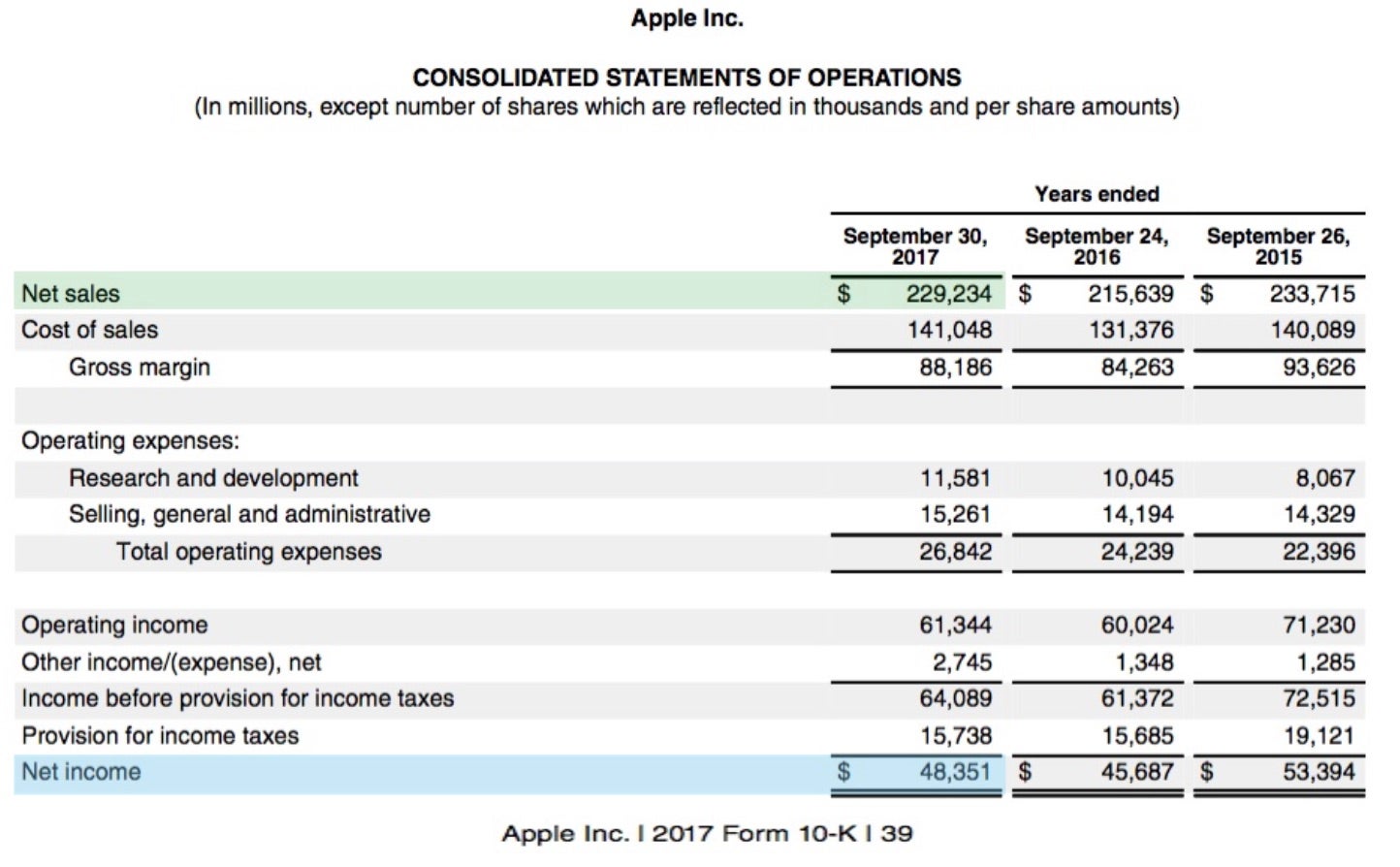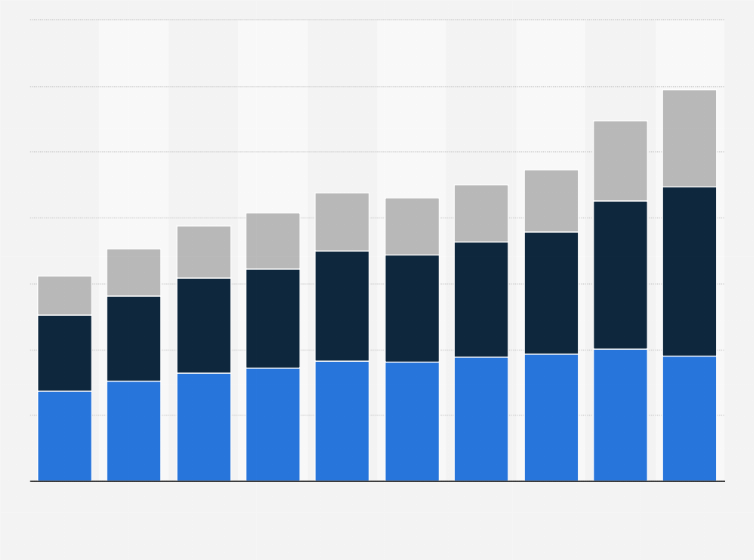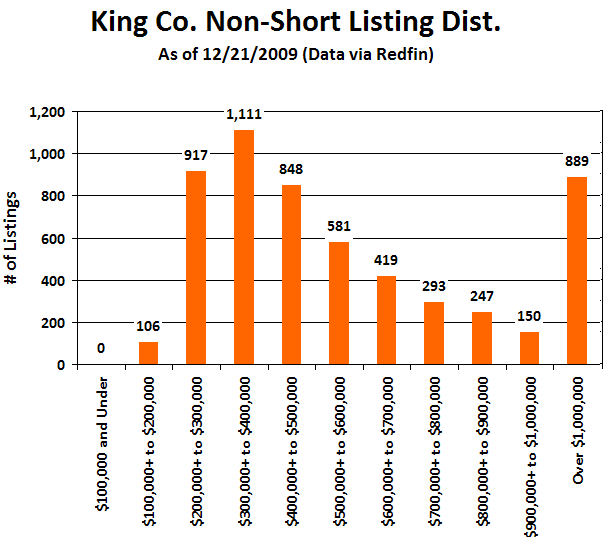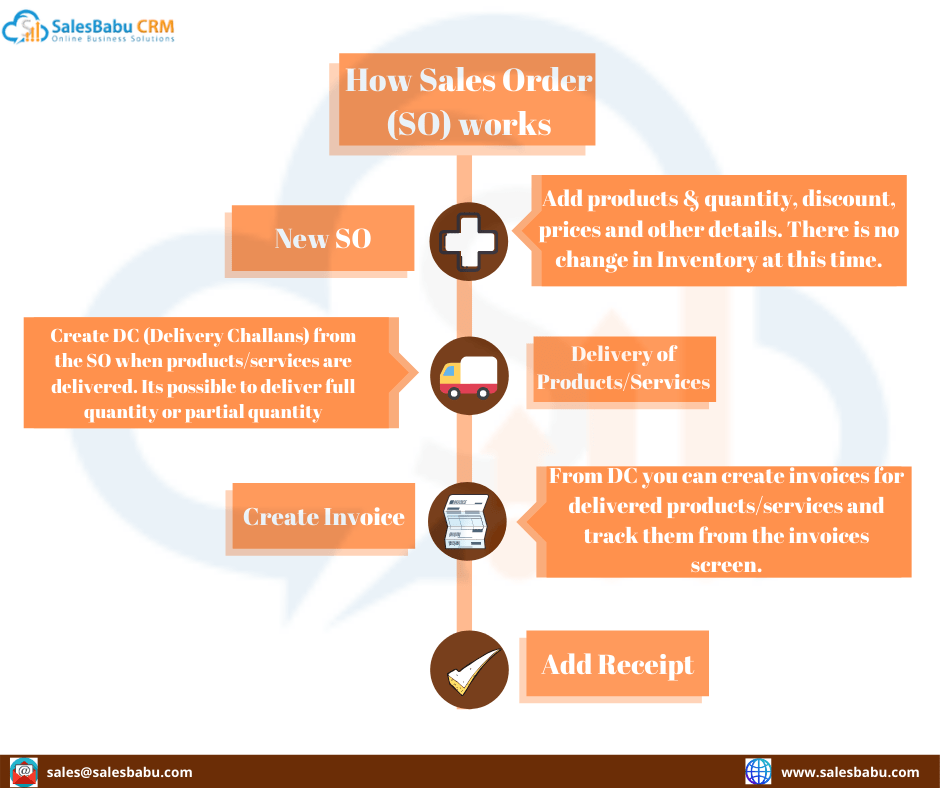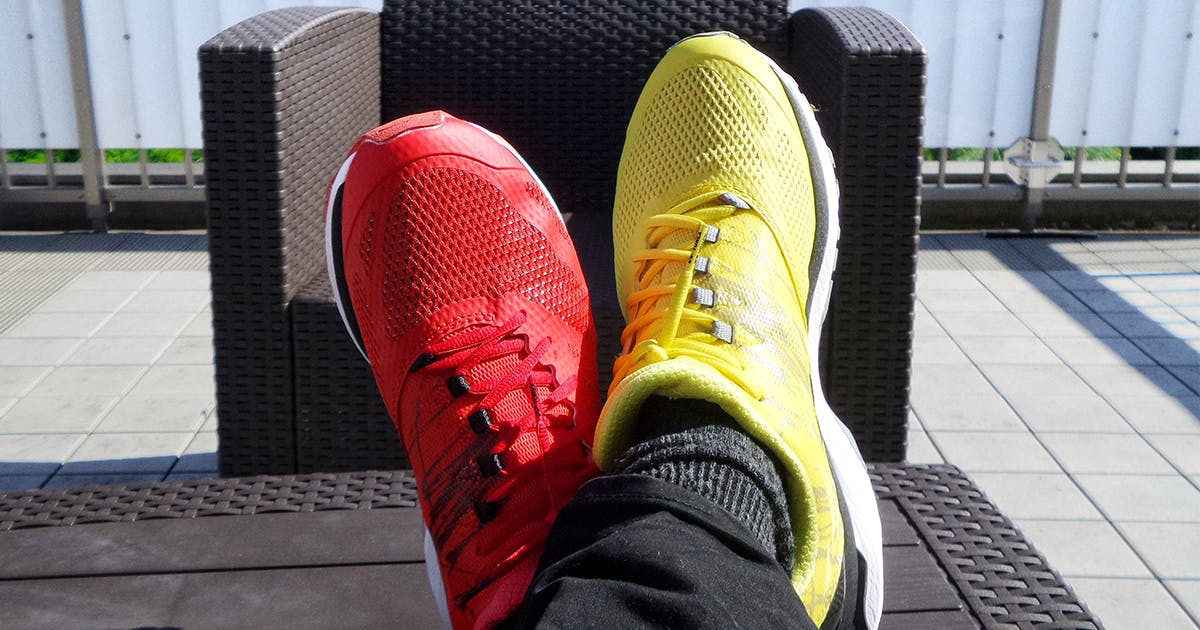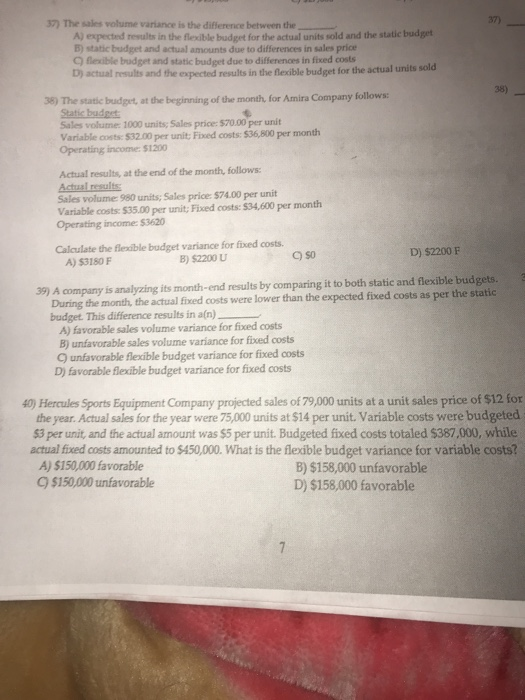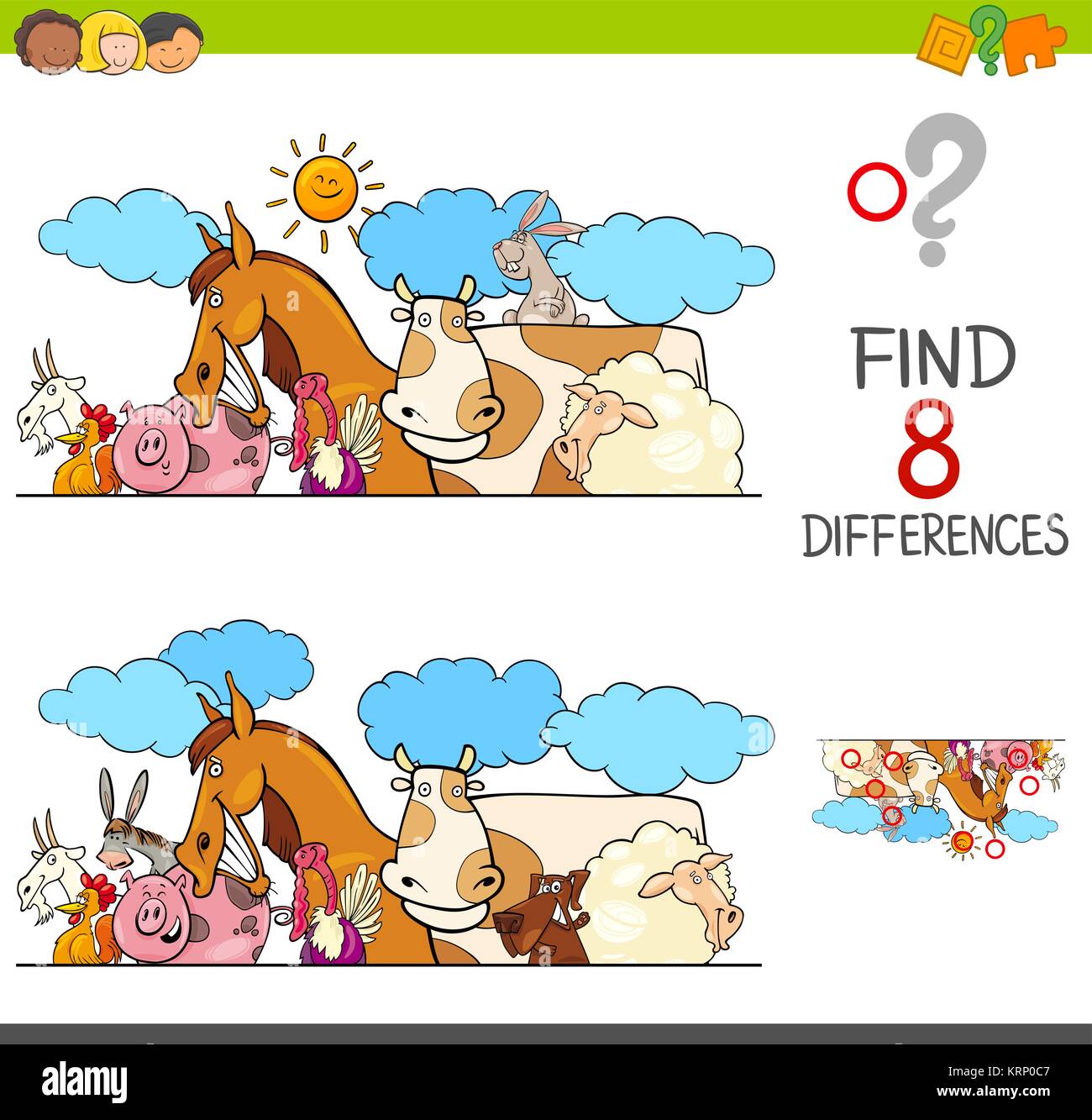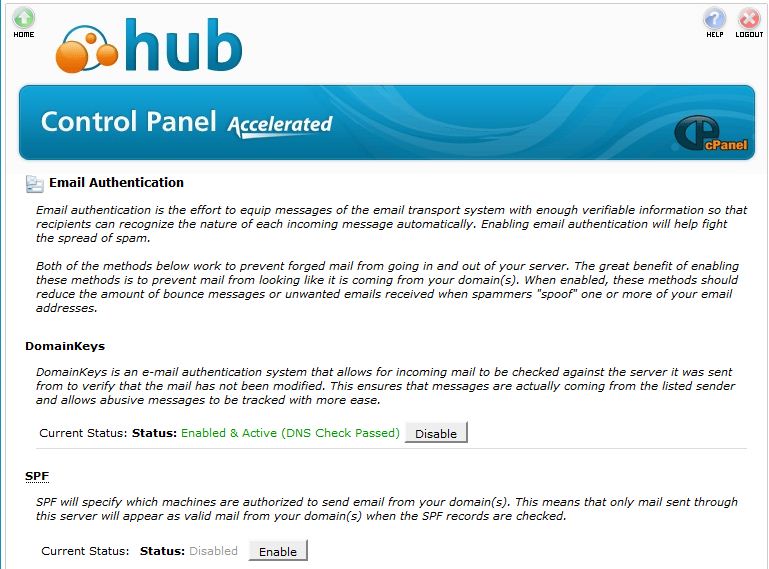The dealer sticker price is not the same as the dealer invoice price, which is what the dealer paid for the vehicle. Dealers receive discounts through bonus programs, incentives and holdbacks that reduce their cost. This is important for buyers to understand because dealers do not want to take a loss on the vehicle. Since the dealer cost varies, the actual sale price of the vehicle also varies from dealership to dealership. Other factors affect the dealer's willingness to negotiate, including the length of time the vehicle is for sale, the color and options, region and corporate policies.
Whether you need one new car or to establish a fleet of vehicles for your team, negotiating a good deal allows you to reinvest more of your capital back into your business. As you cruise local car lots or research car prices on the internet, remembering the difference between invoice and MSRP can help you lower your costs and afford the automobiles your business needs. MSRP stands for manufacturer's suggested retail price and is the sticker price you see on a car or displayed online. It's the price the dealer wants to get for a vehicle, but it isn't what he paid. The cost of the car for the dealer is known as the invoice price, and it is the opposite end of the negotiation spectrum.
A good place to start researching a car's invoice price is Consumer Reports. They offer several types of books, magazines and online services that help consumers determine the price of new and used cars, hidden dealer charges, bottom line prices and vehicle comparison tools. Other good resources include sites such as Edmunds.com, or our own CarsDirect search page. Simply enter details such as the make, model and year, and cost and pricing information will be displayed.
You will see the MSRP (the manufacturer's suggested retail price) and the car invoice price. On the new car side of things, dealers are much more likely to be open and transparent about the invoice cost they paid to purchase a vehicle. This has become a sales tactic that nearly all car dealerships use to convince customers that they are getting a fair deal. There are other ways dealerships make money beyond marking up their invoice cost, but for the purposes of this article, I want to focus our attention on how you can get access to dealer invoice price on a car. The major automotive pricing websites will provide the invoice cost of any car. The Kelley Blue Book and Edmund's websites are the primary sources for invoice pricing.
A specific dealer's invoice cost might vary slightly from what you can obtain online because the manufacturer may add local advertising costs to an invoice or may kick some extra money back to the dealer. You want to use the invoice price as a starting point to negotiate a purchase price for your new cars. A successful negotiation should see you purchasing a car at a price in between the MSRP or invoice price or receiving an upgrade at a greatly reduced cost. The goal of most car buyers is to negotiate a price on a new vehicle that is significantly lower than the sticker price, also known as the MSRP (Manufacturer's Suggested Retail Price). A more attractive approach is to try for the dealer invoice cost, which is essentially the price the dealer paid to the vehicle's manufacturer.
Usually, the dealer will have paid much less than the dealer invoice price that's publicized for the vehicle. The invoice price or dealer cost is the amount that car dealers pay for a car in total, including the cost of the base model and added options. This amount is usually lower than the advertised price, commonly known as the MSRP or Manufacturer's Suggested Retail Price.
There are, however, some notable exceptions, like in the case of employee or invoice pricing promotions, which involve selling cars at invoice price during a specific period of time . For the car dealer, the difference between the invoice price and the MSRP is the potential profit margin on a particular car. The invoice price is what the car manufacturer charges the dealer to buy the car. A dealer needs to recoup the invoice price at a minimum but wants to earn a profit, so MSRPs are set with a markup. When the manufacturer determines the MSRP, it prints out the window sticker showing the suggested price.
The operative word is "suggested," with the dealer deciding at which price to sell. When selling the car, the dealer wants to earn as much profit as possible above the invoice cost and will use the MSRP price as a starting price for negotiating. Automakers offer holdbacks to help reduce some of the costs of a dealer acquiring a new car from the factory – and keeping it on his lot. Usually holdbacks are from one to three percent of the MSRP and vary in duration.
Holdbacks help cover the interest on the dealer's vehicle loans. When a dealer can sell the car quickly, he keeps more of the holdback money. Once the holdback expires, the dealer can begin to lose money on the car. While holdbacks are not negotiable, it is possible to negotiate with the dealer by knowing how much holdback he/she will be keeping. If a car has been on the lot for two or three months, the dealer is far more likely to sell it at a better price to avoid building up more debt. Remember, the dealer's profit has to cover the cost of operating the dealership, paying his salesman, maintaining his inventory and advertising the vehicle.
Also keep in mind that popular or hard-to-find models will often fetch top dollar, so dealers will be less inclined to reduce their price. When a dealership purchases a vehicle from a manufacture, they are invoiced for the price of the car. This doesn't make it the actual price the dealership is going to pay because there are a lot of rebates, discounts and holdbacks involved that lowers the actual cost that the dealer is going to pay. This invoice cost should include delivery and destination charges. This invoice price may increase with the factory-installed options.
The invoice pricing here includes dealer holdback, which is basically an extra amount of money the manufacturer pays the dealer once the vehicle is sold. The amount of that payment is unknown, so ultimately, the actual dealer cost for these trim levels should be less than what is seen here. Secondly, dealer invoice pricing can be more mysterious than secret military aircraft at Area 51.
The information included on such a price sheet may not be the final final price that dealership pays, even without the holdback factored in. While we will go over some ways to access the invoice price, keep in mind that you may never be able to know the actual amount a dealer paid for a car. They are running a business and are entitled to some profit. The actual dealer cost includes financing inventory and overhead like paying employees, improving the dealership, and advertising.
The fact is though, dealerships sell vehicles under the invoice price each day and remain in business. Most dealers paid much less than the advertised invoice price when the car was purchased from the automaker. The MSRP is just a number that shows what the automaker would like to receive from the customer, and the invoice cost is what the carmaker wants to obtain from the dealership.
In all honesty, neither of these numbers have much effect on the price you pay for a vehicle. Some dealers may try to send you a "dealer generated invoice" which is basically an internal document listing their own unofficial prices including dealer-installed options. A real vehicle invoice will have the manufacturer's logo at the top and will be addressed to the dealer. It will include all factory installed options along with the invoice price for each one.
It will also sometimes include regional advertising fees or other fees that are legitimate. It is common for dealers to get incentives from car manufacturers for every new vehicle they sell. These incentives usually range from 1 to 3 percent of the invoice price. Thus, it is possible for car dealers to sell cars at near-invoice prices and still make a profit. Buyers should understand these facts, and look to get deals when dealerships feel pressure to get rid of excess inventory.
"A car can have a sticker price of $21,500 and an invoice price of $20,000, but there may also be rebates or incentives, both to the dealer and the customer," says Jones. Every manufacturer–except maybe Ferrari and a few other exotic car makers–uses financial incentives to move products. Other times dealers receive extra money toward marketing programs that help with advertising and special events, or through special financing plans. Whether any of these incentive programs are made known to the consumer is up to the dealer or the manufacturer. A common misconception about new car dealers is that they're out to make a quick buck, getting the best of you during the negotiation process and eventually overcharging you for a new vehicle.
The truth, however, is that most dealers just want to satisfy their customers rather than gouge them. Invoice Price is the manufacturer's initial charge to the dealer. This usually is higher than the dealer's final cost because dealers receive rebates, allowances, discounts, and incentive awards. Invoice price comes up often in price negotiations, so Kelley Blue Book provides it as a point of reference only. Consumers should know that the invoice price often bears little resemblance to how much the dealer really paid for the car. Invoice price is the price an automaker charges its franchise dealers for a new vehicle, but it does not include holdbacks and factory-to-dealer incentives, which can lower the effective cost to the dealer.
Kelley Blue Book does not represent that the invoice price is the price a dealer actually paid for the vehicle. Take the invoice price and subtract dealer holdback and any customer cash rebates or incentives. This will tell you what the actual dealer cost of the vehicle is. One of the most elusive discounts is the factory to dealer incentive. These types of incentives can affect a dealer's actual cost of a new car.
A factory to dealer incentive is extra money the manufacturer will directly pay the car dealer to help the dealer move new cars and trucks to clear the way for the latest models. Many car buyers believe a new car's factory invoice is the bottom line a dealer will sell a new car for, this is not true! Car dealers want you to believe this myth, but the truth is,hundreds of cars are sold well below a new car's invoice price every day. If you want to see for yourself, just pick any car you're interested in buying and follow the steps in my article on how to get car dealers to compete online for your business. Factory invoice is what a dealer paid for the car and not the actual dealer cost of the vehicle. If you pay the factory invoice price for a new car, you may save a little bit of money, but you may be leaving a whole bunch of money on the table.
TrueCar obtains and processes data from well-known data aggregators within the automotive space to ensure that we present the most accurate pricing information available. We also acquire vehicle configuration data, customer and dealer incentives data, financing and loan data, vehicle registration and insurance data, and much, much more. Our data is among the most timely and comprehensive in the industry. Our sampling of the total number of car sales nationwide provides us with significant confidence that our data is representative of the market as a whole. However, please keep in mind that this is the average for all vehicles.
If you are evaluating the average price for any specific vehicle , the deviation from the national average for that vehicle can be substantially greater. The difference between MSRP sticker price and invoice price is a dealer's potential profit margin, assuming vehicles sell at sticker price — ignoring other costs, charges, or rebates he might receive. Dealers are independent businesses, not owned by car makers, which means they buy wholesale and sell retail to make money — like any other business. Wholesale price, sometimes called "factory invoice price" or "dealer invoice price," is the price that a dealer pays the manufacturer for a vehicle.
However, there are other factors that determine a dealer's actual cost. There are generally two prices you'll encounter for each vehicle, the MSRP (Manufacturer's Suggested Retail Price) and the Invoice Price - which is what the dealer pays the manufacturer for the vehicle. This is because dealers get additional kickbacks through hidden incentives and holdback. The difference between the invoice cost and MSRP varies significantly - both in dollar and percentage terms - between manufacturers and by model type.
A basic economy model with few added options might only have $500 or $600 of price difference. At the other extreme a high-end SUV might have a 20 percent or $10,000 potential profit margin at the MSRP. Some manufacturers calculate the invoice price at a certain percentage of MSRP and others have a different line-item cost for every model and every possible option. When shopping for company cars, pick your model and assess the price differences between a basic package and additional features.
You may save more money installing some options, such as Wi-Fi access, independently. This means we will see deals closer to invoice pricing as dealerships push for volume to hit the back end sales targets. BMW has also increased the holdback from 5 percent of vehicle base cost to 5 percent of the sticker price, giving dealership more room to deal on highly optioned vehicles.
As 2017s start hitting the show room stay tuned to find out what Bimmerfest members are getting for deals. Advertised vehicles shall be sold at or below the advertised total price, with statutorily permitted exclusions, regardless of whether the purchaser has knowledge of the advertised total price. What you need to be aware of, though, is that unlike new cars, used cars don't provide the dealer with below the line, off the sticker discounts and incentives based on reaching sales goals. Then the dealer adds a buffer to that amount, checking the various pricing tools available so that they have some wiggle room if they have to negotiate. Since dealerships sell new and pre-owned vehicles at a variety of price points, it's easy to find a car that fits your budget.
Dealers also offer customer incentives like cash-back rebates, low-interest financing options, and other perks that can save you money on the sticker price. The dealer sticker price is the manufacturer's suggested retail price plus the suggested retail price of options installed on the vehicle by the dealer. For many car buyers, the dealer sticker price is a starting point for negotiating the final cost of the vehicle.
Generally speaking, dealers don't look at the car they're selling as just a retail sale. From their perspective, it's a bundle that includes financing, warranty and insurance products; the potential profits of a trade-in; and the profit margin in the new vehicle itself. For example, dealers often can make more money on the financing than they do on the profits built into the price of the new vehicle. Or, if a customer is trading in a used vehicle with a high-profit potential in the used market, the dealer may chop the price of the new vehicle to snag the trade-in.
Holdback is a kind of rebate from the car maker that is usually a small percentage (typically 1%-2%) of a vehicle's MSRP or invoice price that a dealer receives only after a vehicle is sold. Technically, holdback is intended to be compensation for finance fees the dealer incurs while vehicles sit unsold. The faster a vehicle sells, the more profit he makes on the holdback. A vehicle that sits on the lot for a long time can be a money loser, even with holdback. Using websites like Edmunds.com or Kelley Blue Book, you can find out the manufacturer's suggested retail price, or MSRP, and the dealer's cost for any vehicle. You can also find out about customer or dealer rebates, subsidized lease deals, or other special breaks that can cut your cost.
Manufacturers will also offer a "holdback" payment to dealerships. Holdback is a payment to the dealer to offset the interest paid by the dealer to finance his inventory. When you add up the holdbacks, they can reduce the dealer cost by 2-3%. The holdback money often covers dealer overhead and may allow them to sell below the factory invoice.
A major factor that can affect a dealer's true cost are incentives they receive from the factory. Each car manufacturer offers their own version of incentives, called "dealer cash" or "dealer allowance", which encourage dealers to sell more vehicles. Asking for the Monroney label, or window sticker is also a great way to show you're on top of your game. You want to know what options and features the vehicle has, and what better way than to look at the Monroney label?
